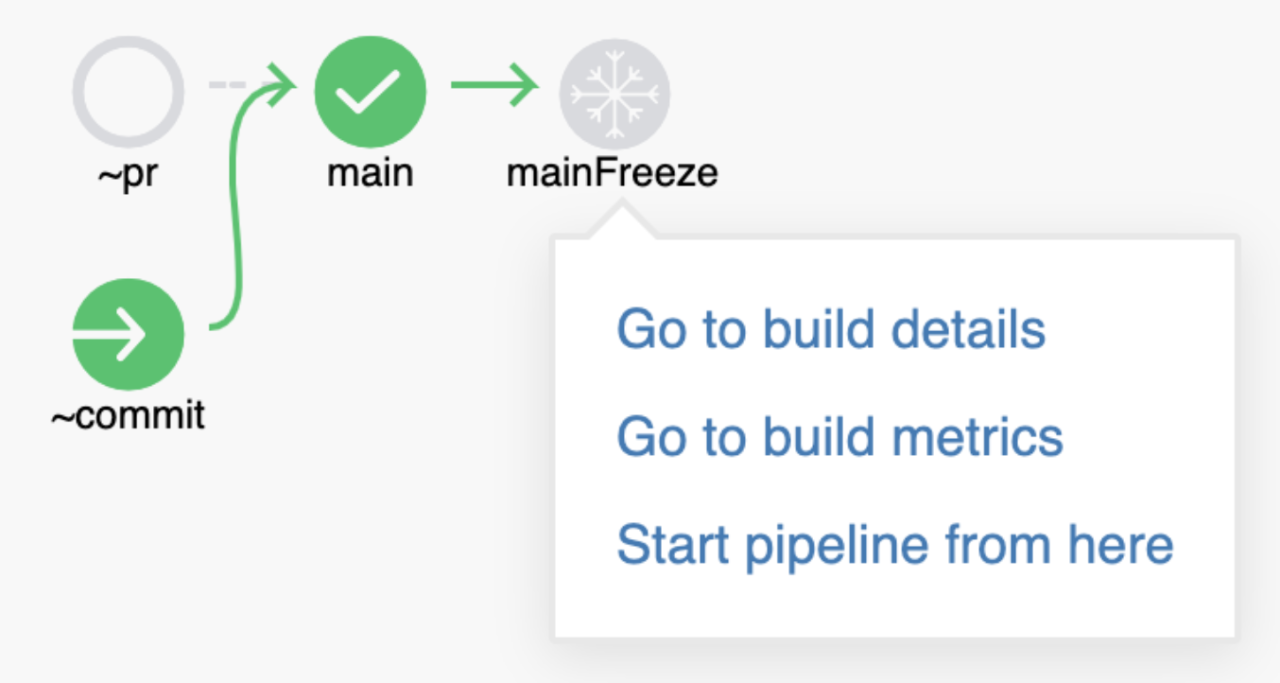Tracy Miranda, Director of Open Source Community at CloudBees, has been elected as chair of the CD Foundation Governing Board. CloudBees is a Premier Member of the CD Foundation, and Tracy has been deeply involved in CD Foundation activities over the past year, serving on the Governing Board, helping craft the 9 Strategic Goals of the foundation, and participating in CD Foundation events around the globe.
“I’m excited and honoured to be elected chair of the CD Foundation governing board. I join all CDF members in expressing sincere thanks to Kim Lewandowski for great progress in our first 12 months. Recent global events highlight how continuous software delivery is critical to every industry. The CDF will increasingly drive many key initiatives in this space, and I am excited to work with CDF members and the broader CI/CD community to pursue the CDF’s 9 Strategic Goals and move the CDF forward.”
The CD Foundation Governing Board raises, budgets and spends funds in support of CI/CD open source and standards projects. According to the CD Foundation, the Chair is responsible for the overall management of the foundation’s budget, and “will preside over meetings of the Governing Board, manage any day-to-day operational decisions, and will submit minutes for Governing Board approval.” The full charter is available here.
Tracy succeeds Kim Lewandowski, Product Manager at Google, who served as the CD Foundation’s first Governing Board chair.
Tracy Miranda Bio
Tracy is director of open source community at CloudBees, where she works closely with the Jenkins and Jenkins X communities. A developer and open source veteran, besides her work with the CD Foundation, Tracy is on the board of directors for the Eclipse Foundation. Tracy has a background in electronics system design and holds patents for her work on processor architectures. She writes for JAXenter.com and Opensource.com on tech, open source, and diversity.
More CD Foundation Resources
To keep up-to-date, sign up for our newsletter and join us in 2020 as we continue to grow and advance CI/CD in the industry!







 ), I only contributed to it and focused on it.
), I only contributed to it and focused on it.






